Kaveripaakam lake got popular recently amongst birdwatchers in Chennai and Bangalore. The main attraction of Kaveripaakam lake was the Short-toed Snake Eagle and many photographers got excellent photographs of Short-toed Snake Eagle with kill. So the birdwatchers who visit Chennai always pay a visit to Kaveripaakam also. We were curious why this lake is a hotspot for raptors, so we decided to visit this lake in Vellore district. It was not birding season but we just wanted to explore the place. One fine day we decided to take that long drive and see the much hyped Kaveripaakam lake which was then famous for Rain Quail also.
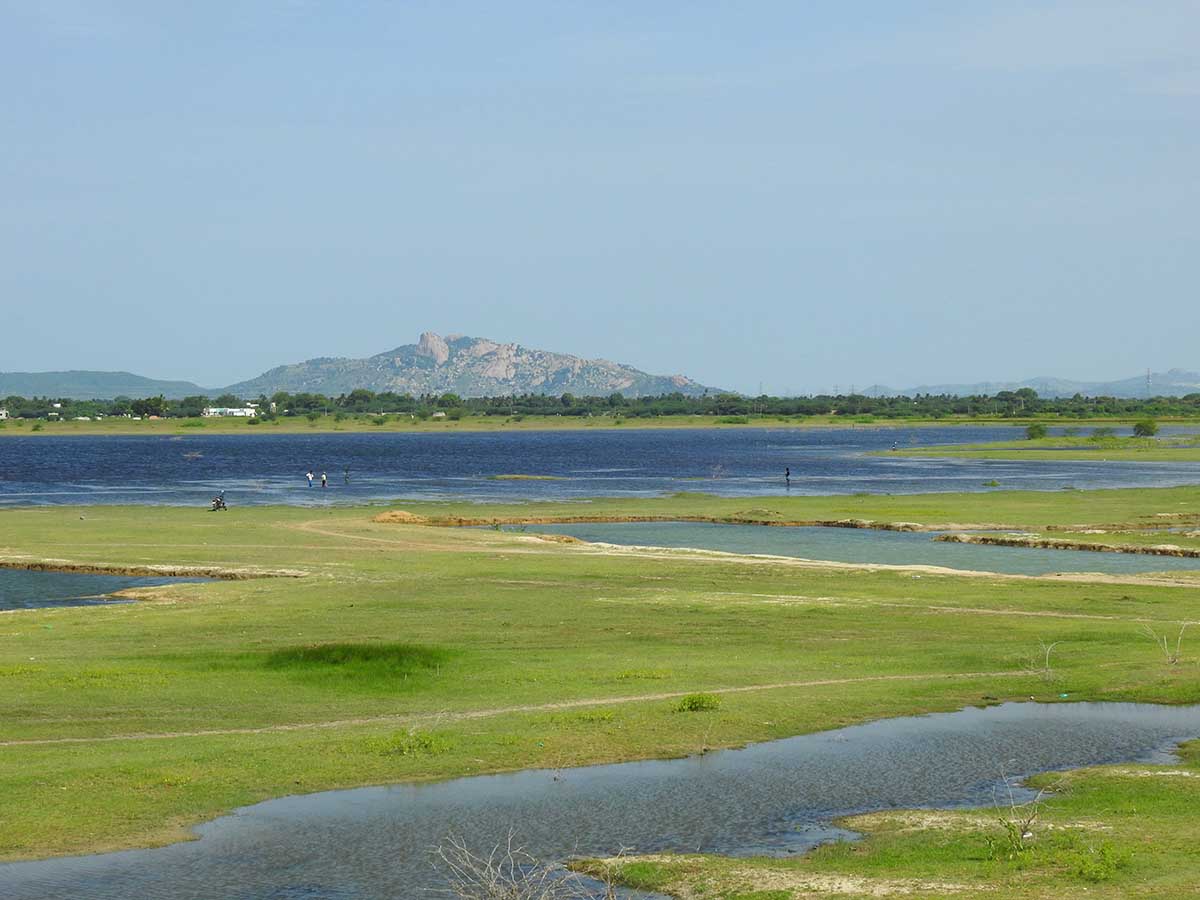
We reached the lake early morning and we were welcomed by hundreds of Mayflies. They were circling around everywhere. The tiny bugs are the base of the ecosystem, so if we can spot good insect life then we can expect a good bird life too. We heard a chorus of frogs in the background. We parked our car and thought to walk along the lake shore. But what to expect in Swach Bharat India on a early morning ? So we avoided the lake shore and walked towards the lake. Chennai and Outskirts had seen plenty of rain this year , so the lake was full but there were few dried up sections where we could walk along. There were markings of car tyres too to confirm that birdwatchers were driving around in the critical bird habitat.
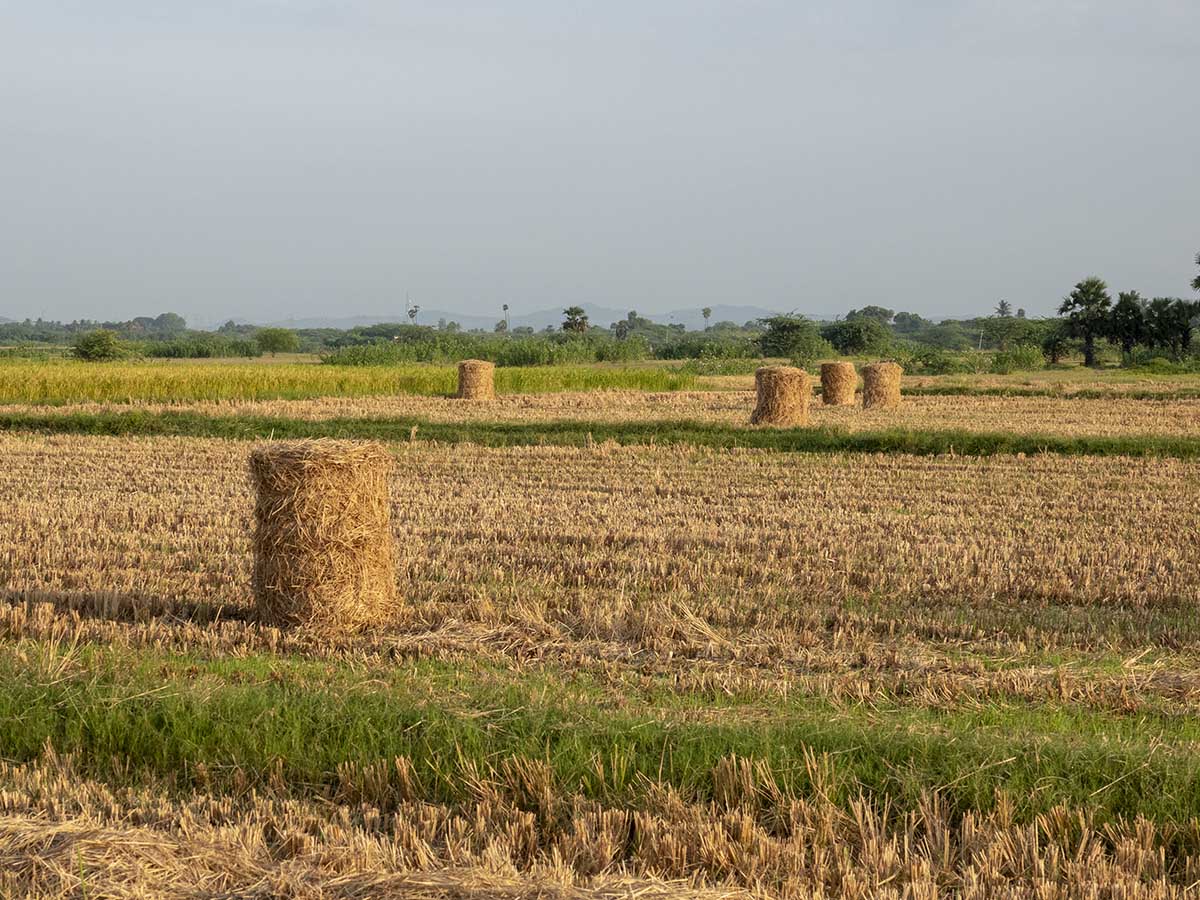
Most of the areas encircling the lakes in India were encroached by local people in the name of agriculture, in kaveripaakam they went one step higher. Inside the lake itself rice crops were planted. Usually we would be very upset when seeing this type of encroachment but we didn’t complain seeing few birds enjoying the paddyfield. Baya weavers, Tricolored munias and Scaly-breasted munias were having their field day and they all looked so colorful in the morning golden light. The Baya weavers were building nest on the nearby trees, it was really a blissful sight to watch that little community going on with their busy morning chores.
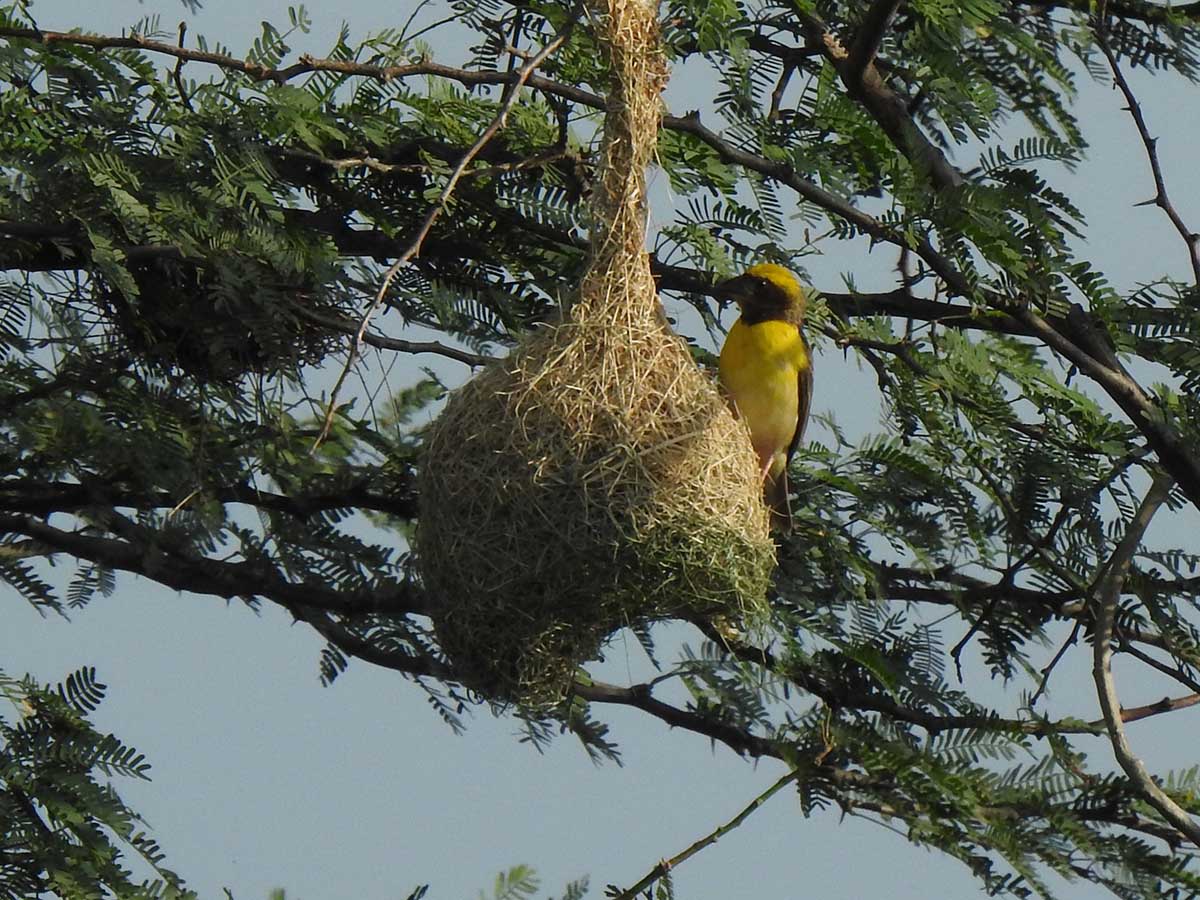
A car passed us and stopped a bit far away from where we were standing. It looked like they had a specific bird in mind , so they just parked their car near the lake and waited. We were very satisfied with the close look of the little birds, so we moved on to see the aquatic plants in the lake. Vinod spotted a raptor flying above the opposite end of the lake and he confirmed that was the Short-toed Snake Eagle. We moved on talking about how we ran behind this Short-toed Snake Eagle few years back. There was a small puddle at the lake entrance and we saw the skittering frogs who were croaking early morning. Their comic faces and activities were really fun to watch.
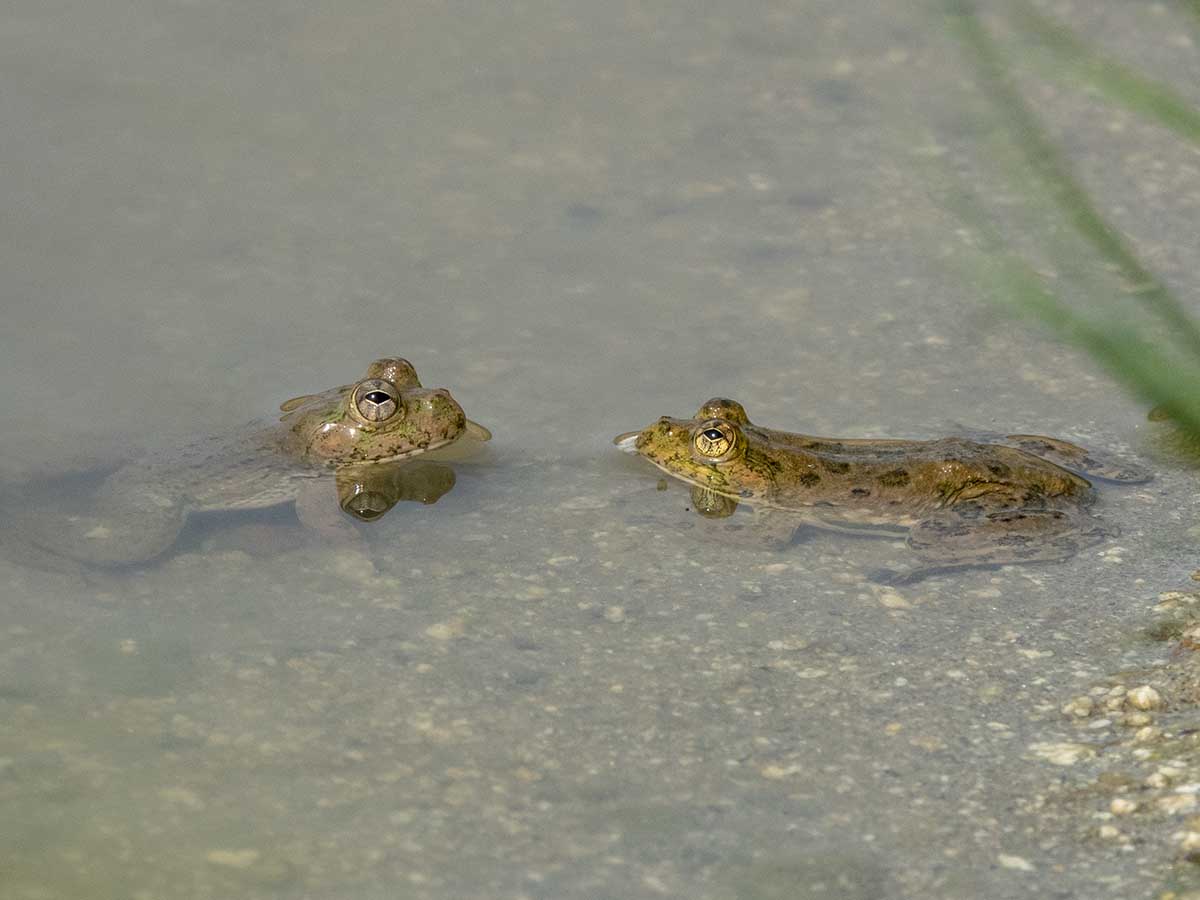
We were about to leave the place, when four birds flew right past us and landed on the lake edge. We quickly took our binoculars and we identified the birds as Eurasian Whimbrels. They are migratory birds to India, so we were very surprised to see them this early. This was the first time we had seen them near a freshwater body as we usually see them only near salt marshlands. We enjoyed the lake view with these four birds standing on the lake edge poking the mud using their long curved bills.
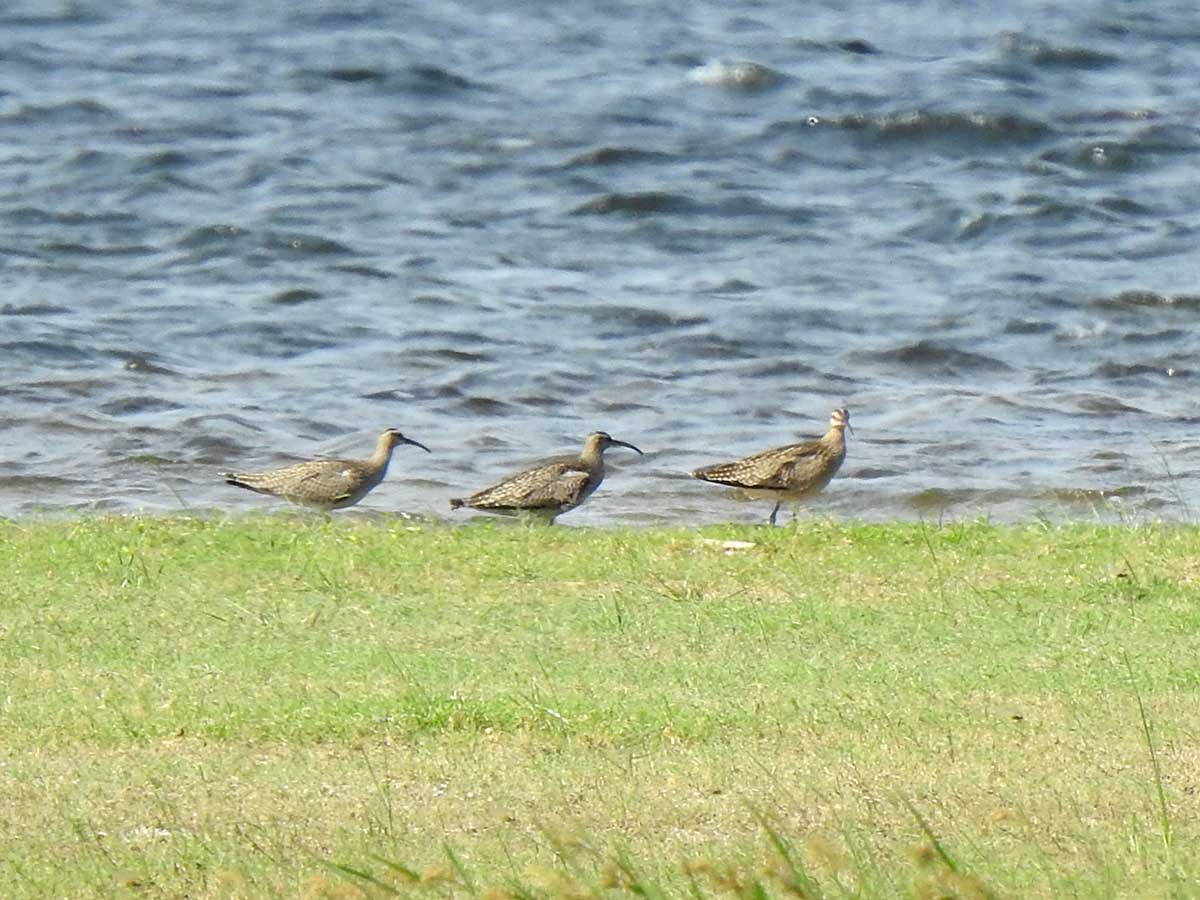
The Sun was very bright now but the weather was very pleasant that we didn’t feel the heat. Now the Mayflies were gone and butterfly activities had started. There were many unique plants on the lake bund that attracted the butterflies. With the 100 days workers in full swing around India, even plants around lake bund and rural roadsides are becoming a rare sight. They pluck all the native and invasive plants with no partiality. None cares if the place was filled with construction wastes and plastic dumps but if greenery is spotted , immediately people land to “CLEAN” the place. So when we spotted diverse wild plants , we were happy that this place didn’t yet fall in the eye of our 100 day workers.
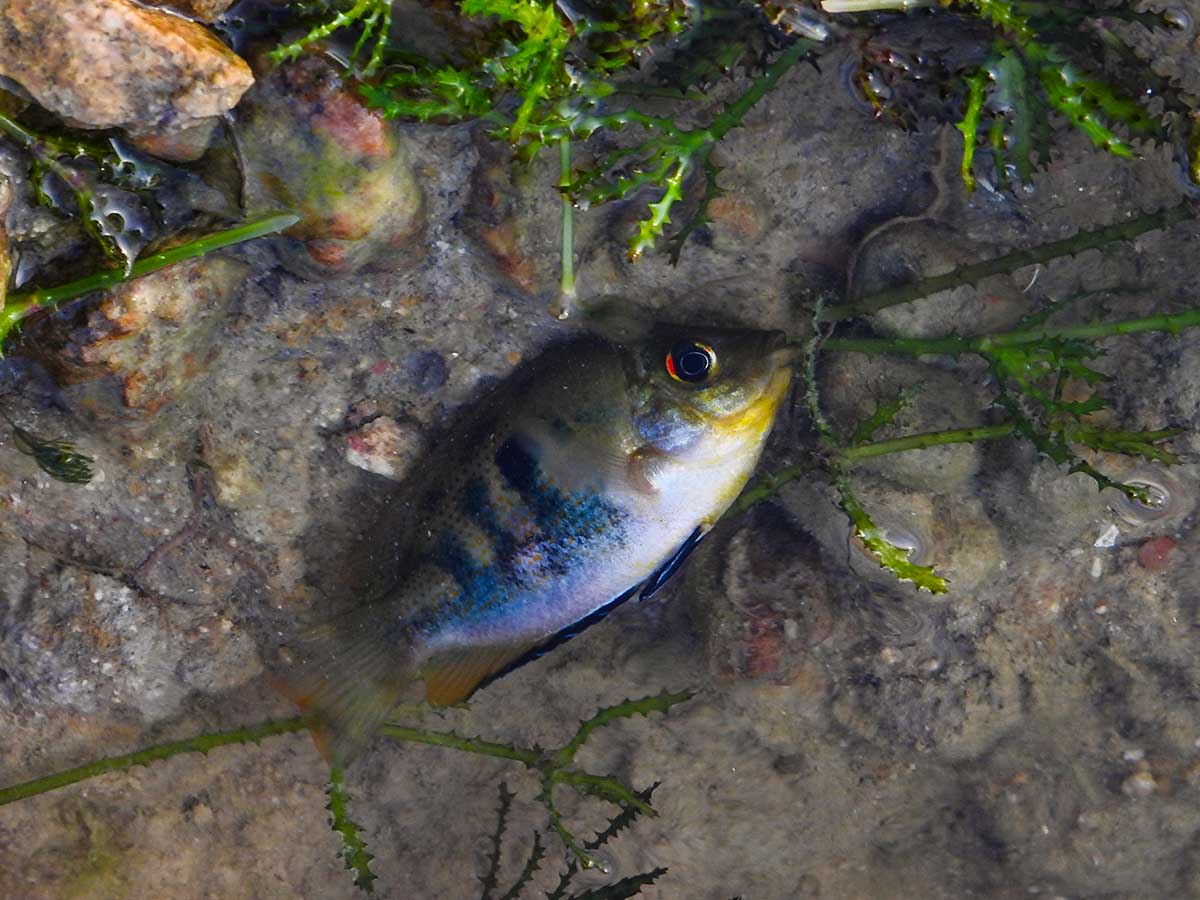
We were watching the butterflies fluttering around us. Common Castor butterflies were high in number and suddenly a Joker butterfly crossed us. I love that colorful orange butterfly with bold black streaks. I always spot them on the vegetation in the lake shores. We saw the low flying Crimson tip, Plain Orange-tip, White Orange-tip butterflies closely. Danaid eggfly butterfly was simply lying on the ground. Plain tiger, Striped tiger, Blue tiger butterflies were sucking a single heliotrope plant mercilessly. Few skippers like Indian Grizzled Skipper, Rice Swift, Palm bob and Small branded swift were moving very quickly before we could catch a good look. With all the butterflies flying around, we realized Kaveripaakam is not just a birding hotspot but a butterfly hotspot too.
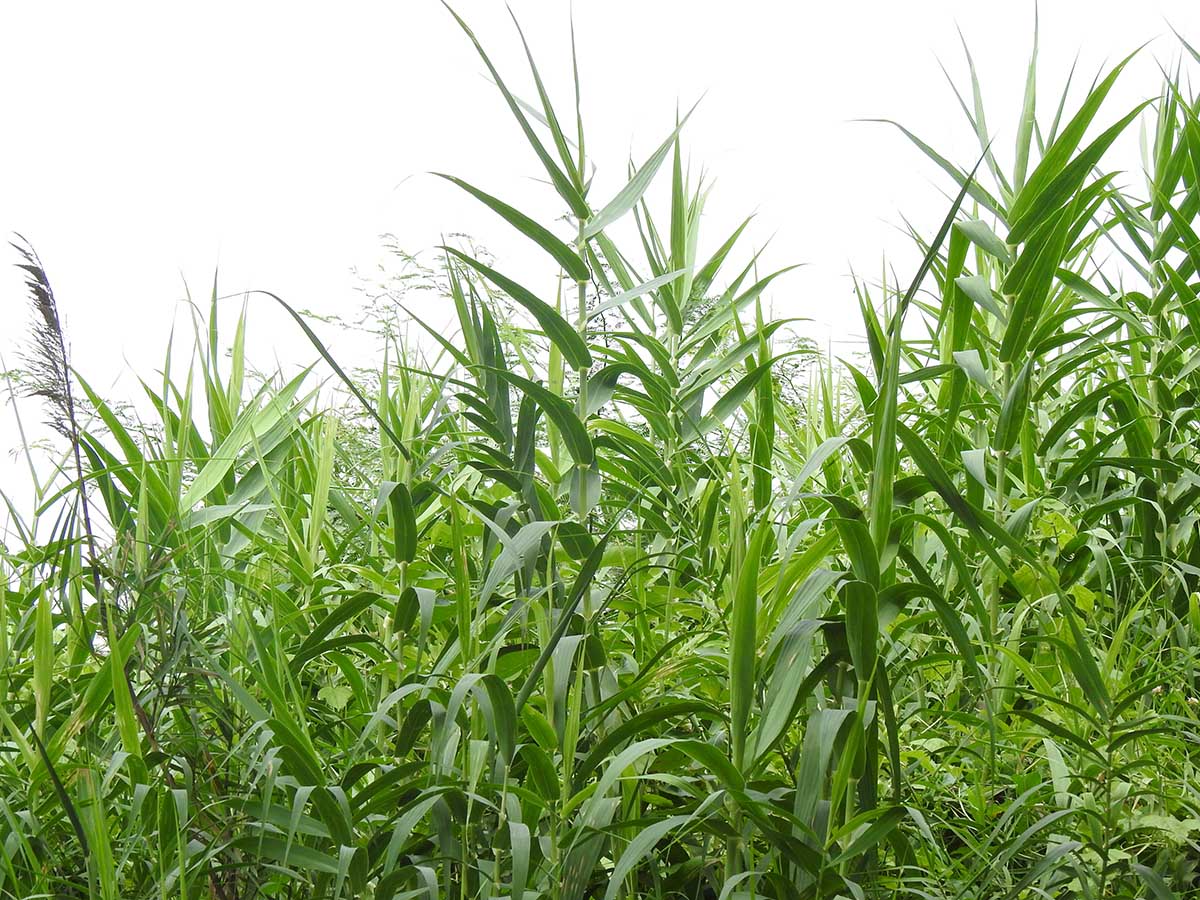
While we were engrossed with the butterflies, one plant caught our attention. That plant was covered with thorns and it looked like a thistle. But we have seen thistle plant only in hillstations like Ooty , Kodaikanal in Tamilnadu and Himalayan regions. So I was very surprised to see them in Vellore district. After a closer inspection, we found few other similar plants and they had blooms. The flower heads looked like a bluish spherical ball. The flowers were surrounded by strong, white bristles.That plant was the Echinops echinatus (Indian Globe Thistle) and that was our first sighting of the plant. We were vexed with all the weeds and invasive plants in Tamil nadu, so sighting of any native wild plant was very exciting for us. That sighting of Indian Globe Thistle really made us very happy.
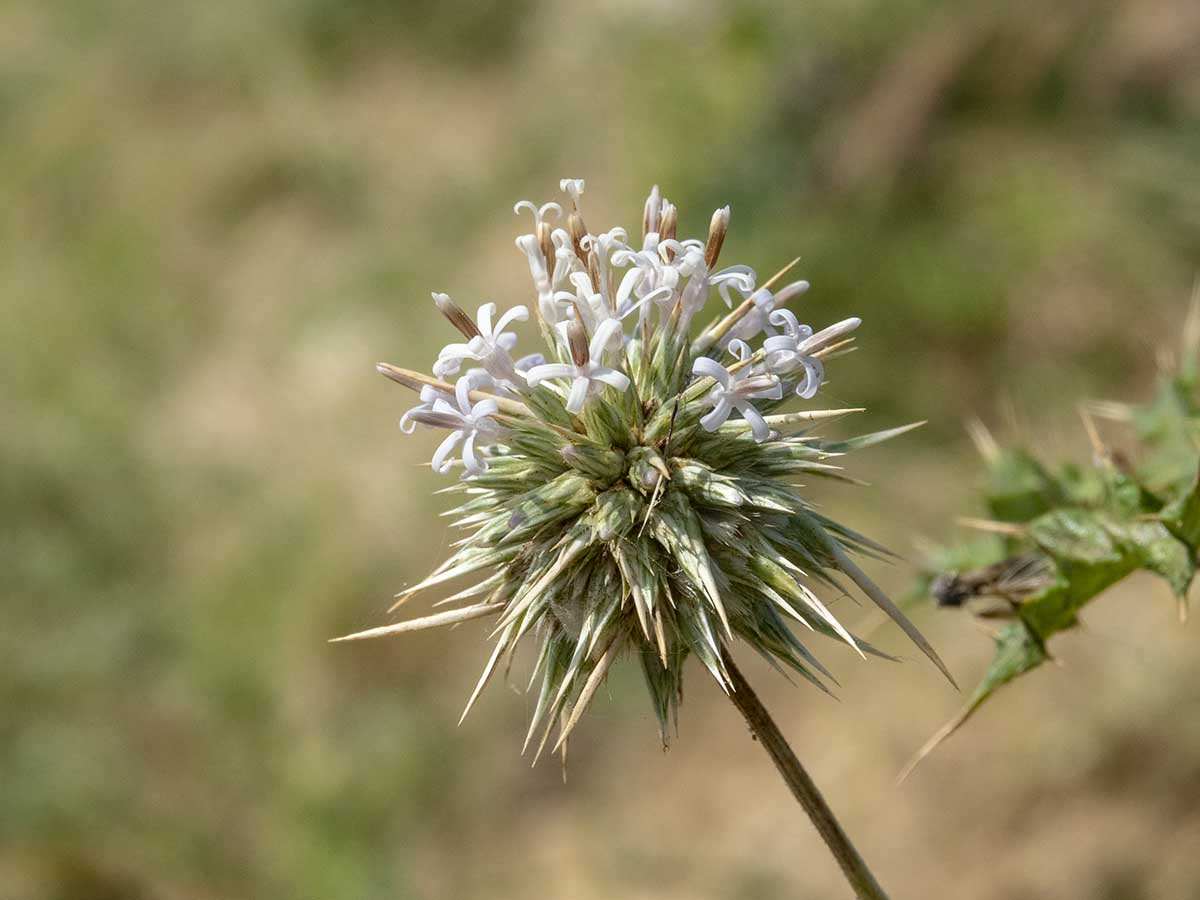
We walked along the lake trail for sometime keeping an eye for plants and butterflies. We spotted few moths, dragonflies but in the lake there were not many birds. The vegetation slowly turned to Giant reeds. The Giant reeds have tough and fibrous rhizomes that run upto 1m deep in the soil. Once the Giant reed ( Arundo donax ) had started occupying the bunt around the lake there were no place for other plants to grow. That dense vegetation should support few birds like Ashy Prinia, Plain Prinia, White-breasted Water hen and Munias but the butterfly activities had started thinning out.
We have reached the trail end where few local people were resting under tall trees, enjoying the cool breeze. There were few bird activities on the tree canopy and we spotted a pair of Indian Golden Orioles , Rufous treepie and Coppersmith barbet. That tree looked enormous and only when I looked through binoculars I saw the hanging green fruits. After seeing them only we realized , that was the South Indian Mahua.

The Mahua plant is easy to identify with it’s delicious and nutritive flowers but it looked like we had missed the flowering season. Once a very common plant in South India , people used the flowers in their daily life. Nowadays even rural people are not very aware of this tree but the population of this tree is better in Central India. The tribal people in Central India uses these flowers to make variety of dishes in the flowering season.
The Famous Short-toed Snake Eagle of Kaveripakkam
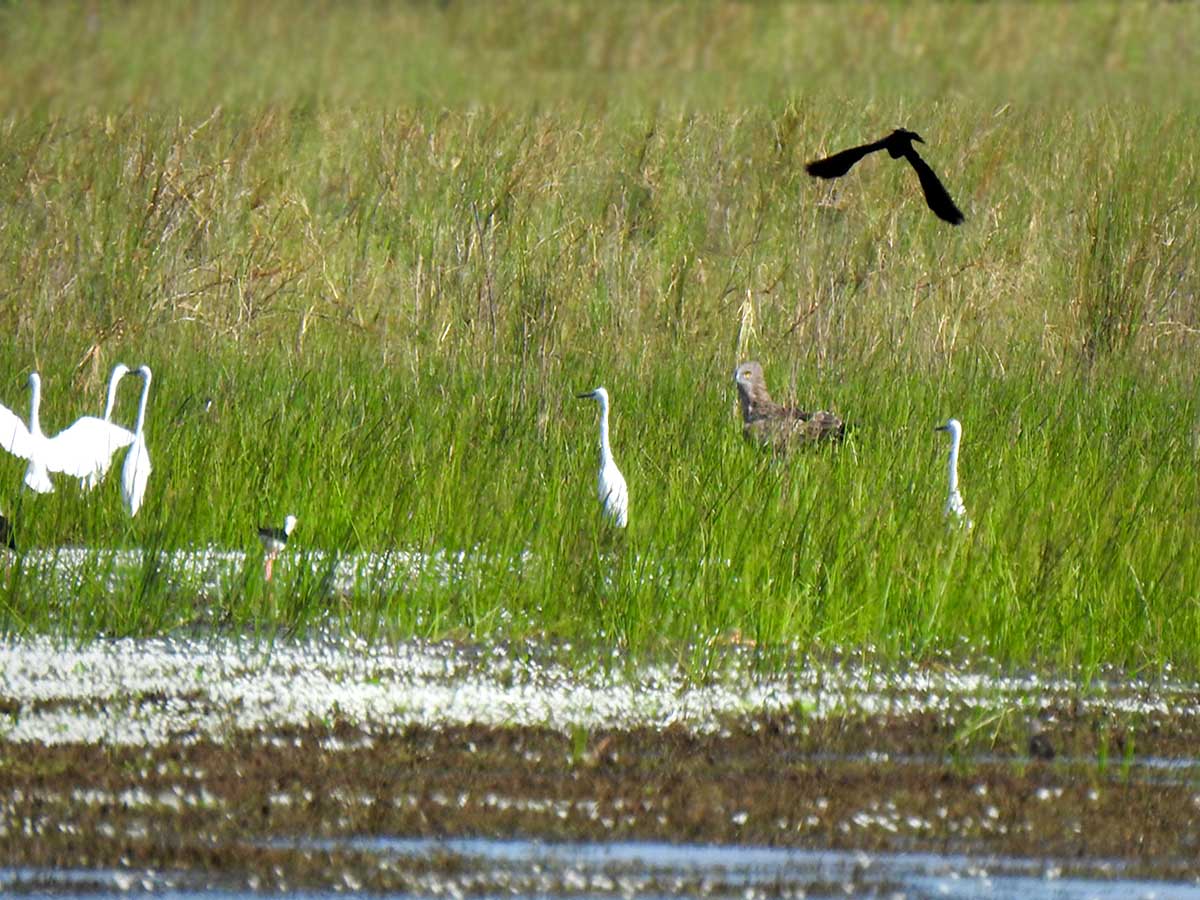
We sat and enjoyed the view of huge waterbody for sometime. Then we started our return journey thinking we should come back once the migration season starts. We visited Kaveripaakam lake for exploration and we were gifted with so many unique sightings. This lake is really great for a day trip to nature lovers residing in Chennai and Vellore.